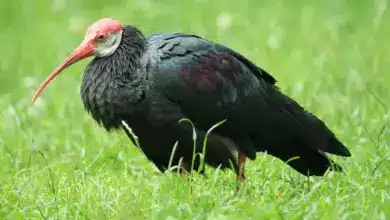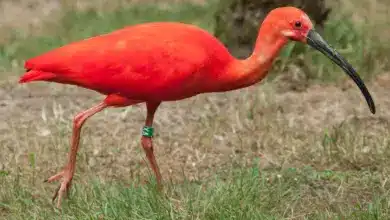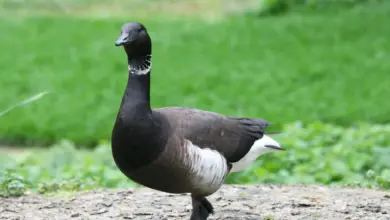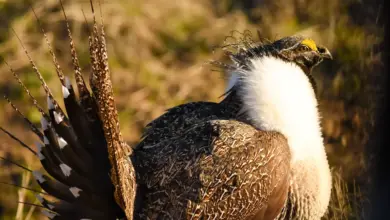The Fulvous Whistling Ducks, Dendrocygna bicolor, is a whistling duck which breeds across the world’s tropical regions in much of Central and South America, Sub-Saharan Africa, the Indian subcontinent, and the United States Gulf Coast.
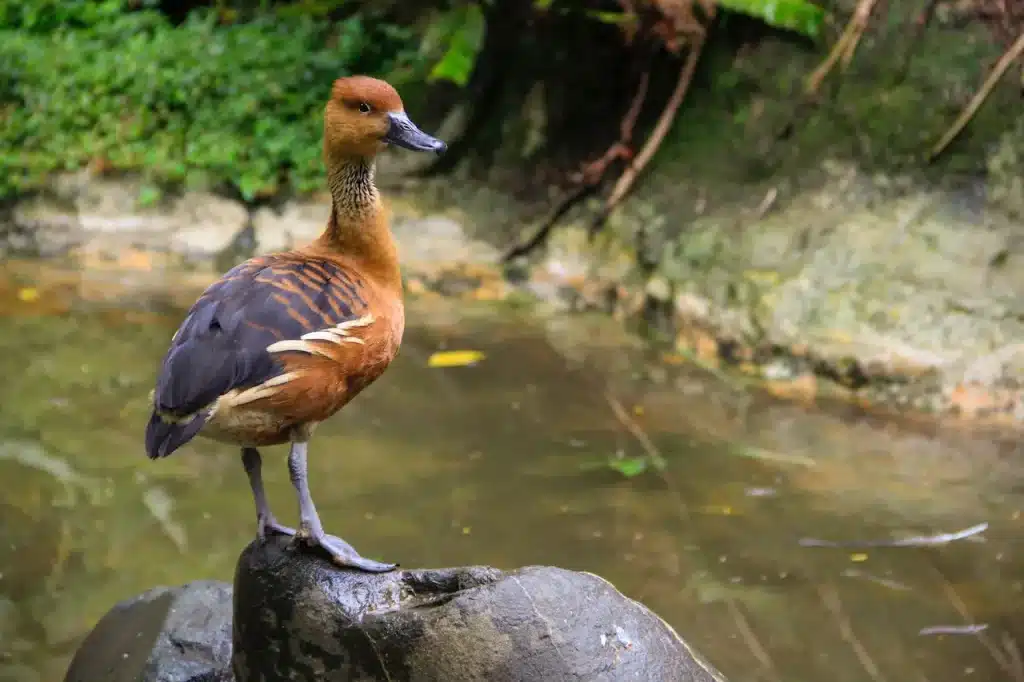
Fulvous Whistling Duck is a common but wary species. It is largely resident, apart from local movements, but vagrancy has occurred to southern Europe.
Breeding / Nesting:
It nests on a stick platform in reeds, laying 8-12 eggs, but hollow trees or old bird nests are occasionally used for nesting.
Description:
The Fulvous Whistling Duck is 48–53 cm (19–21 in) long. It has a long grey bill, long head and longish legs, buff head and underparts, the latter reddish-tinged on the flanks, a dark crown, and dark grey back and wings. The tail and wing patches are chestnut, and there is a white crescent on the upper tail which is visible in flight.
All plumages are similar, except that juveniles have less contrasted flank and tail colouration.
This species is gregarious, and at favoured sites, substantial flocks can form.
Diet / Feeding
Its habitat is still freshwater lakes, paddy fields or reservoirs with plentiful vegetation, where this duck feeds mainly at night on seeds and other parts of plants.
Call / Vocalization:
As the name implies, these are noisy birds with a clear whistling kee-wee-ooo call.
Status
The Fulvous Whistling Duck is one of the species to which the Agreement on the Conservation of African-Eurasian Migratory Waterbirds (AEWA) applies.
References
- BirdLife International (2008). Dendrocygna bicolor. 2006. IUCN Red List of Threatened Species. IUCN 2006. Retrieved on 08 June 2009.
- Wildfowl by Madge and Burn, ISBN 0-7470-2201-1
- Birds of Venezuela by Hilty, ISBN 0-7136-6418-5
- Birds of The Gambia by Barlow, Wacher and Disley, ISBN 1-873403-32-1
- Birds of India by Grimmett, Inskipp and Inskipp, ISBN 0-691-04910-6
Diet / Feeding:
Fulvous Whistling Ducks feed mainly at night and a large part of their diet is made up by plant foods and seeds.
Ducks generally feed on larvae and pupae often found under rocks, as well as aquatic animals, plant material, seeds, small fish, snails and crabs.
Feeding Ducks …
We all enjoy ducks and many of us offer them food to encourage them to come over and stay around – and it works! Who doesn’t like an easy meal!
However, the foods that we traditionally feed them at local ponds are utterly unsuitable for them and are likely to cause health problems down the road. Also, there may be local laws against feeding this species of bird – so it’s best to check on that rather than facing consequences at a later stage.
- Foods that can be fed to Ducks, Geese and Swans to survive cold winters and remain healthy when food is scarce in their environment.
Please note that feeding ducks and geese makes them dependent on humans for food, which can result in starvation and possibly death when those feedings stop. If you decide to feed them, please limit the quantity to make sure that they maintain their natural ability to forage for food themselves – providing, of course, that natural food sources are available.


